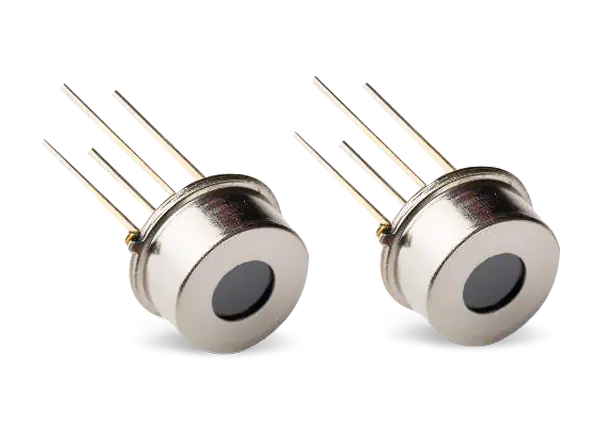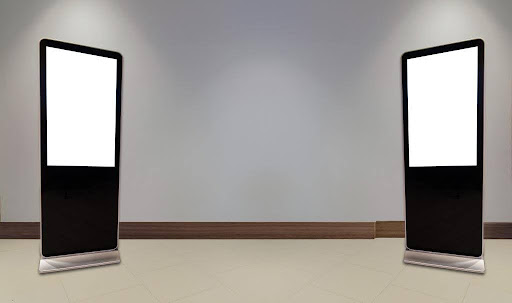Thermopile sensors are used to detect temperature from a small distance. The sensor consists of a wire loop and a diode. The diode acts as an amplifier, and the wire loop acts as a receiver. When the sensor is heated, the diode will turn on, allowing electricity to flow through it. This current will flow through the wire loop and be detected by your circuit.
The thermopile sensor can be used in various applications where it is required to detect temperature from a small distance. These include home heating systems, fire alarms, security systems, medical devices, remote monitoring systems and more.
Below are the benefits of Thermopile sensors;
Greater output voltage
A higher output voltage means you can use a smaller, less expensive power source. This can be especially important if you are trying to limit your costs. It also means that you can use a smaller thermopile sensor, which will make your heating system more efficient.
Improved accuracy
A lower temperature difference between the two halves of the thermopile sensor results in less error in your measurement. This reduces the chance of error and makes more accurate measurements possible.
Helps detect temperature changes
Thermopiles can detect temperature changes, in this case from their surroundings, by detecting an electrical current produced as a result of temperature changes. The sensor converts electrical signals into proportional voltage output proportional to the difference between the relative temperatures of the two ends (end-to-end). This output can be used for controlling or measuring purposes.
Offer longer lifespan
Thermopile sensors offer a longer life span by resisting moisture and high temperatures. The sensor is also designed so that no connections can fail, making it ideal for applications with the potential for moisture or high temperatures.
Offers a wide range of detection voltages
Thermopile sensors have a wide range of detection voltages and can be used as active or passive detectors. Active detectors are used in applications where the signal is unstable, such as during power line interruptions. They require a constant current to maintain the temperature measurement. Passive sensors do not require any external power source and have a more stable response time.
Offer excellent sensitivity and dynamic range
Thermopile sensors are very sensitive, which means they can detect changes in temperature with smaller amounts of energy than other types of thermocouples. The sensitivity also allows them to detect small changes over large temperature ranges, making them ideal for applications that require accurate measurements over a wide range of temperatures or for measuring multiple temperatures in a single application.
High resolution
Thermopile sensors feature high resolution and can provide an accuracy of 0.01% or better. The sensing element is mounted on a precision Machined aluminum substrate that allows for excellent heat transfer and low electrical noise rejection, making this type of sensor ideal for high resolution applications such as vibration monitoring systems, and medical equipment.
Low cost
Thermopile sensors are very cost effective compared to other types of sensors due to their low manufacturing costs. They are also easy to manufacture using existing processes and equipment, which makes them ideal for OEM manufacturers who have lower budgets for new products but still need high quality products that will last longer than traditional designs.
Available in different sizes
Thermopile sensors are available in a wide range of sizes and can be used for a variety of different applications. They are available in small sizes that can be used in industrial settings to monitor temperature and humidity levels, as well as larger sensors that can be used to monitor temperatures across large areas.
Excellent accuracy, stability and reliability
Thermopile sensors have excellent accuracy, stability and reliability. Their signal-to-noise ratio is better than those of other types of sensors because they do not experience temperature changes when they are used in environments with temperatures that vary significantly throughout the day or year such as indoor environments. This improves their ability to detect changes in heat source temperatures with greater sensitivity compared to other types of sensors that are affected by these environmental conditions.
Key Takeaway
Thermopile sensors are used to measure the temperature of a substance in real time. The sensor is placed on a surface, and the temperature change caused by the surface heating is measured. This data can be used in many ways. For example, an air conditioner uses this type of sensor to determine how much energy to use in order to cool a room. A thermostat uses this type of sensor to control heat or air conditioning in a room.





